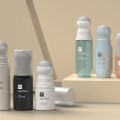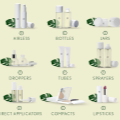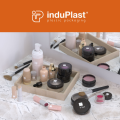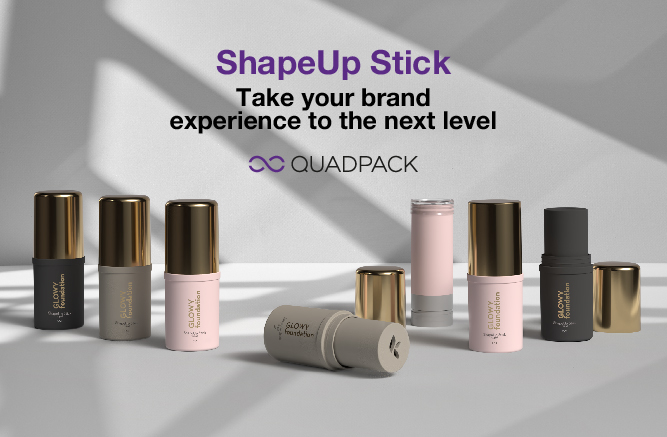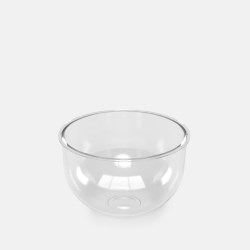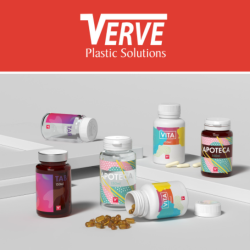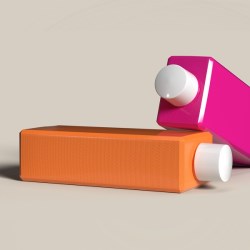

Over 450 million Europeans use a variety of cosmetic products on a regular basis, including creams, soaps, shampoos, conditioners, deodorants, toothpastes, shaving creams, aftershaves, cleansers, fragrances, make-ups, and a host of other products. The commercialization and safety of the great majority of cosmetic products would not be possible without the optimal preservation of the product through the use of chemical preservatives and also the packaging system.
There are several factors affecting the quality and safety and hence the shelf life of cosmetic products, such as oxygen, light, humidity, or the growth of microorganisms, among others. In this sense, microbial contamination of cosmetic products is becoming a matter of great importance. Chemical preservatives are active ingredients added to products that are able to prevent the growth of pathogenic bacteria and fungi (yeast and moulds).
Preservatives are used nowadays in a large number of cosmetic products (as well as in the food and pharmaceutical sectors). The most used are parabens which are currently under revision in Europe. As a consequence of evaluating existing safety data, European Scientific Committees have recommended the reduction of the allowed paraben contents and some of them will be restricted or forbidden in cosmetic legislation in the near future.
In addition, the market is driven by constant innovation in response to changing consumer demands which move toward more natural and preservative-free cosmetics.
Hence, the goal of a new consortium named ACTICOSPACK where Induplast, a well known supplier of plastic packagings and a long time Webpackaging associate, is pleased to be one of the members. The project consortium is made up of a group of five SMEs, with expertise in cosmetic manufacturing and packaging production, cooperating together with the objective of reducing the levels of preservatives in cosmetic products through active packaging technologies. Two research centres are also involved in the project providing specific research capabilities.
The research leading to these results has received funding from the European Union’s Seventh Framework Programme managed by REA-Research Executive Agency, focused to promote excellence in research and innovation.
Active packaging technology is based on the interaction between the package and the cosmetic product with the purpose of reducing preservative levels in cosmetics with the same guarantees of quality and safety. Cosmetic preservatives are included into the package and released into the product progressively due to the migration properties of many polymeric materials like those used in packaging. This innovative technology will allow a significant reduction of preservatives in cosmetic products while maintaining quality and safety for the same or even longer shelf lives.
Using active packaging technology, the benefits obtained include:
- A lower content of preservative is needed in the cosmetic product (ideally equal to the minimum effective concentration) since the quantity lost by consumption/degradation is continuously recovered due to the migration phenomena. This allows making less potent preservatives (such as natural ones) more effective, even in the event of being in cosmetic products in lower content than parabens.
- The preservative effect is maintained for a longer time until the preservative in the packaging material is totally consumed.
The project is focused on the development of active packaging based on PP pots for skin care, PP or HDPE bottles for sun lotions, and PET bottles for shampoos, though the results obtained can be also applied to the pharmaceutical and food industries.
For more information on the project or to download the brochure, please visit acticospack.eu.



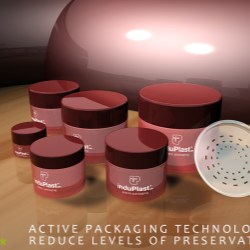


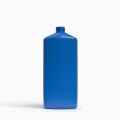

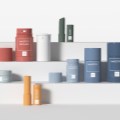

.jpg)
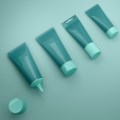
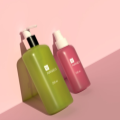

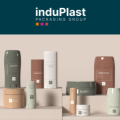
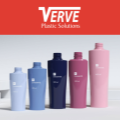
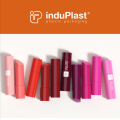

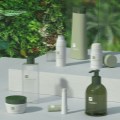
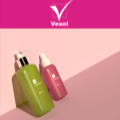
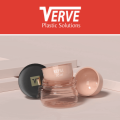
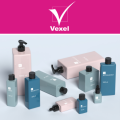
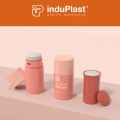


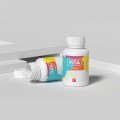
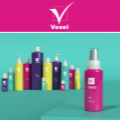

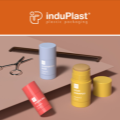
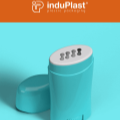
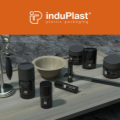
.jpg)
